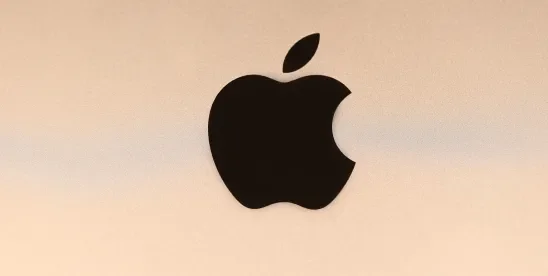Apple has escaped a $300 million patent infringement verdict after a three-judge panel of the United States Court of Appeals for the Federal Circuit vacated both the infringement and damages judgment because of faulty jury instructions and an improper verdict form underscoring how a seemingly small procedural error can upend a half-billion-dollar outcome. [1]
In 2020, a Texas jury found that Apple had infringed at least some of the Standard Essential Patents Otis alleged. A Standard Essential Patent (SEP) is a type of patent for which the rights would be licensed to anyone wanting to comply with the related standard. In exchange for a patent being included in a standard, the owner of a SEP makes the commitment to license it on the basis of “fair, reasonable and non-discriminatory” (FRAND) royalties, or royalty-free. The jury awarded just over $506 million as a reasonable royalty for past sales.
Apple sought a new trial arguing that the jury did not hear evidence of Optis’s obligation to license the patents FRAND terms. The district court granted a new trial only on damages. In the subsequent damages retrial, the jury awarded Optis the now overturned $300 million as a lump sum.
The Federal Circuit overturned the award and remanded the case for a new trial on both infringement and damages. The precedential opinion agreed with Apple’s argument that the verdict form was overly broad, improperly combining all asserted patents into a single infringement question and permitting the jury to find Apple liable for infringement regardless of whether all jurors agreed that Apple was infringing the same patent.
The appellate court found that the question asked deprived Apple of its Seventh Amendment right to a unanimous verdict on each legal claim against it related to infringement. Because all the patents were lumped into a single question, the Federal Circuit also found that the lump sum damages award was improper given that the scope of infringement was unknown.
Along with taking issue with the jury instructions, the panel also found that one of the patents in question was too abstract to be litigated as Optis proposed and that the district court erred in not properly analyzing a second patent to determine whether Optis’s claims were too indefinite to meet a “means-plus-function” claim.
[1] The case is Optis Cellular Tech. LLC v. Apple Inc, U.S. Court of Appeals for the Federal Circuit, No. 22-1925.





 />i
/>i
